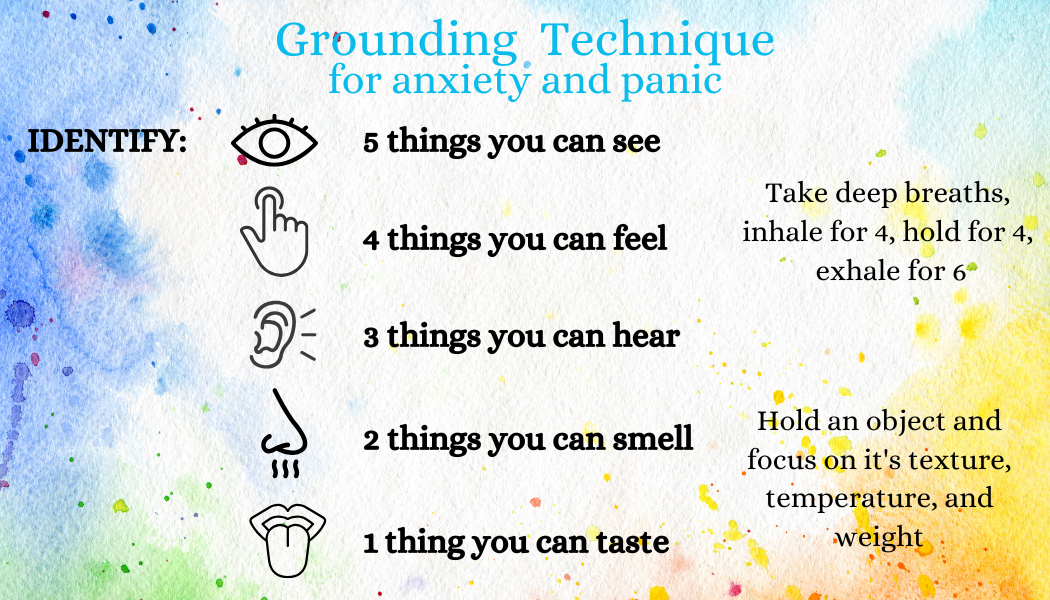Understanding the Window of Tolerance: What It Is and How to Expand Yours
Introduction
Many of us go through life wondering why we overreact in certain moments and shut down in others, why some days feel balanced while others feel like emotional chaos. A helpful way to understand this is through the concept of the Window of Tolerance (WoT) a term developed by psychiatrist and interpersonal neurobiologist Dr. Dan Siegel.
The Window of Tolerance refers to the optimal state of arousal in which a person can function well: they can think clearly, feel and respond to emotions effectively, and engage with the world in a grounded way. Within this window, your nervous system is regulated, and you can handle life’s challenges with flexibility and resilience.
But when something pushes you outside that window, your body and mind go into survival mode. You might feel agitated and anxious (hyperarousal) or disconnected and numb (hypoarousal). The good news? With practice, awareness, and the right tools, your window can widen over time.
What Is the Window of Tolerance?
The Window of Tolerance represents the range of arousal in which you can function without becoming overwhelmed or shutting down. Think of it like a “Goldilocks zone” for your nervous system— not too hot, not too cold, just right.
Inside the Window (Optimal Zone)
You feel grounded and present
You can access rational thinking and make decisions
You’re emotionally flexible and able to self-soothe
You can connect with others in a meaningful way
Outside the Window
When you’re outside your window, you’re no longer functioning from your prefrontal cortex (your thinking brain) instead, your survival brain takes over.
Hyperarousal
What it Feels like: Anxiety, anger, panic, hypervigilance, racing thoughts, or emotional flooding
Hypoarousal
What it Feels like: Emotional numbness, fatigue, dissociation, shut down, hopelessness, difficulty speaking
How Trauma, Anxiety, and Depression Affect the Window
Trauma narrows your window by keeping your nervous system on high alert. Even subtle cues can feel dangerous, causing quick shifts into hyperarousal (fight/flight) or hypoarousal (freeze/fawn).
Anxiety tends to push people into hyperarousal — overthinking, constant worry, panic attacks.
Depression often leads to hypoarousal — low energy, flat affect, and disconnection.
This sensitivity is not a sign of weakness; it’s your body trying to protect you. The goal is not to judge these responses, but to become curious, aware, and equipped to bring yourself back to center.
Guided Exercises to Expand Your Window of Tolerance
These practices help you increase self-awareness, track your nervous system states, and build personalized regulation strategies. You can repeat them daily or weekly.
Personal Window Mapping Worksheet
This exercise helps you identify your triggers, signs, and coping patterns for hyperarousal and hypoarousal.
Step-by-Step Instructions:
Get a piece of paper or journal and divide it into three sections labeled: Triggers, Hyperarousal, Hypoarousal.
Reflect on situations in your past week or month where you felt dysregulated.
For each category, write:
Triggers: What people, places, tasks, or thoughts tend to push you outside your window?
Hyperarousal Signs: What physical sensations, thoughts, and behaviors do you notice when overwhelmed?
Hypoarousal Signs: How do you feel or behave when shut down or disconnected?
Daily Nervous System Check-In Tracker
This tool builds body and emotion awareness over time. You'll begin to notice patterns and cues that indicate you're entering or exiting your Window of Tolerance.
Step-by-Step Instructions:
Print or draw a simple chart with three columns for each day: Morning, Afternoon, Evening.
In each column, rate your state:
Inside Window (calm, focused, grounded)
Hyperaroused (anxious, reactive, overwhelmed)
Hypoaroused (numb, withdrawn, low energy)
Optional: Add a short note about what was happening and how you responded.



Grounding & Regulation Plan: Your Personalized Toolbox
Develop your go-to strategies based on the state you're in. The more you practice these skills, the more your nervous system learns that you are safe and in control.
List 2–4 coping tools under each state, based on what works for you.
Here are examples to get you started:
Hyperarousal Tools (Fight/Flight)
4-7-8 breathing (inhale 4, hold 7, exhale 8)
Grounding with the 5-4-3-2-1 technique (name 5 things you see, 4 things you can touch, 3 things you can hear, 2 things you can smell, and 1 thing you can taste.)
Progressive muscle relaxation
Cold temperature exposure (cold compress or splash water on face)
Hypoarousal Tools (Freeze/Fawn)
Gentle movement (stretch, shake limbs)
Listening to upbeat music
Drinking a cold or citrusy beverage
Engaging in social contact (call a safe person)
Inside the Window Tools (Regulation & Maintenance)
Mindful breathing or meditation
Nature time or walking
Creative expression (art, music, journaling)
Balanced routines (meals, hydration, rest)
Final Thoughts
The Window of Tolerance is not fixed. It grows with practice, support, and compassion. The more you learn your body’s cues, the more power you have to shift your state, regulate your emotions, and live in a way that feels less reactive and more connected.
Remember, there’s no such thing as being regulated all the time. The goal is awareness + skills, not perfection.
“Your body isn’t broken, it’s doing its best to protect you. Let’s help it feel safe again. ”
References
American Psychological Association. (2023). Understanding Anxiety. https://www.apa.org/topics/anxiety
Siegel, D. J. (1999). The Developing Mind: How Relationships and the Brain Interact to Shape Who We Are. Guilford Press.
Siegel, D. J. (2012). The Developing Mind (2nd ed.). Guilford Press.
Van der Kolk, B. A. (2015). The Body Keeps the Score: Brain, Mind, and Body in the Healing of Trauma. Viking.



